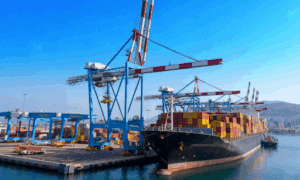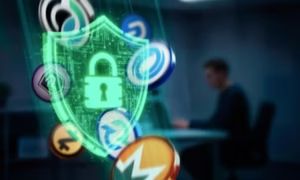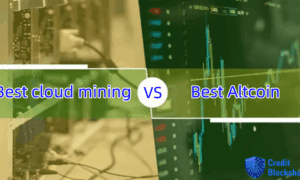There’s no doubt that social media has taken over the world. It’s become a part of our everyday lives and has changed how we communicate. But there’s a problem with social media – it’s centralized.
A single entity controls centralized social media networks like Facebook and Twitter. This means they can censor content, manipulate what users see, and even delete accounts without any explanation. This is a huge problem, especially for users in countries with oppressive regimes.
Decentralized social media networks are the solution to this problem. They’re censorship-resistant and impossible to delete. Because they’re decentralized, there’s no single entity in control – which means that users are in control of their data.
Decentralized social media networks are still in their infancy, but there are already a few good ones. Blocky Crypto and Mastodon are great examples of decentralized social networks recently gaining popularity.
If we want to see the mass adoption of decentralized social media networks, we need to start using them ourselves. We need to show people that there’s a better way to do social media.
Factors Contributing to the Mass Adoption of Decentralized Social Media Networks
Several factors will contribute to the mass adoption of decentralized social media networks. Here are five of the most important:
1. Ease of Use:
Decentralized social media platforms need to be easy for the average person to use. They should be designed familiarly and intuitively, with a user interface that is straightforward and easy to navigate.
2. Privacy and Security:
Users need to feel confident that their privacy and security will be protected on decentralized social media networks. These networks should offer features that allow users to control who has access to their data and what data is shared.
3. Censorship resistance:
Decentralized social media networks must resist censorship from the government or private actors. This means that users should be able to freely express themselves without fear of having their content removed or censored.
4. Scalability:
Decentralized social media networks need to be able to scale to meet the demands of a large number of users. This means that the networks should be able to handle a large volume of traffic and data without slowing down or becoming overloaded.
5. Sustainability:
Decentralized social media networks need to be sustainable in terms of their financial model and environmental impact. This means that they should be designed in a way that allows them to generate revenue without compromising user privacy or security and that they have a minimal environmental footprint.
Conclusion
The key to the mass adoption of decentralized social media networks is to make them more user-friendly and accessible to the average person.
Currently, most decentralized social media networks are difficult to use and understand for the average person. They require a high degree of technical knowledge and are often only accessible to those familiar with the technology.
Making decentralized social media networks more user-friendly and accessible is essential for mass adoption. This can be done by simplifying the user interface and making the technology more user-friendly. Additionally, education and outreach are needed to raise awareness about these networks and their benefits.
Once decentralized social media networks are more user-friendly and accessible, they can reach a wider audience and achieve mass adoption.



































